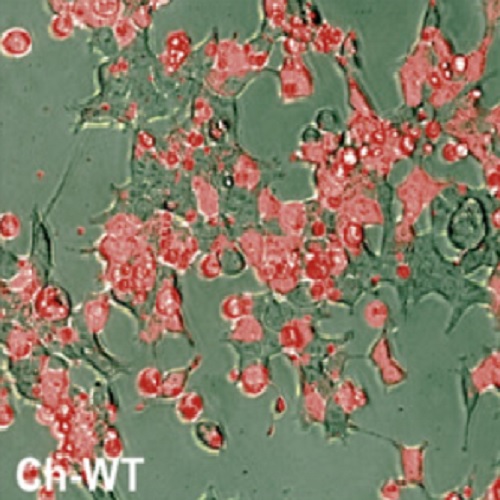Fluorescent tags influence the enzymatic activity and subcellular localization of procaspase-1.
Subcellular localization studies and life cell imaging approaches usually benefit from fusion-reporter proteins, such as enhanced green fluorescent protein (EGFP) and mCherry to the proteins of interest. However, such manipulations have several risks, including protein misfolding, altered protein shuttling, or functional impairment when compared to the wild-type proteins. Here, we demonstrate altered subcellular distribution and function of the pro-inflammatory enzyme procaspase-1 as a result of fusion with the reporter protein mCherry. Our observations are of central importance to further investigations of subcellular behavior and possible protein-protein interactions of naturally occurring genetic variants of human procaspase-1 which have recently been linked to autoinflammatory disorders.

- Clin. Immunol. 2015 Oct 27;160(2):172-9
- 2015
- Cell Biology
- 26025004
- PubMed
Enabled by:
